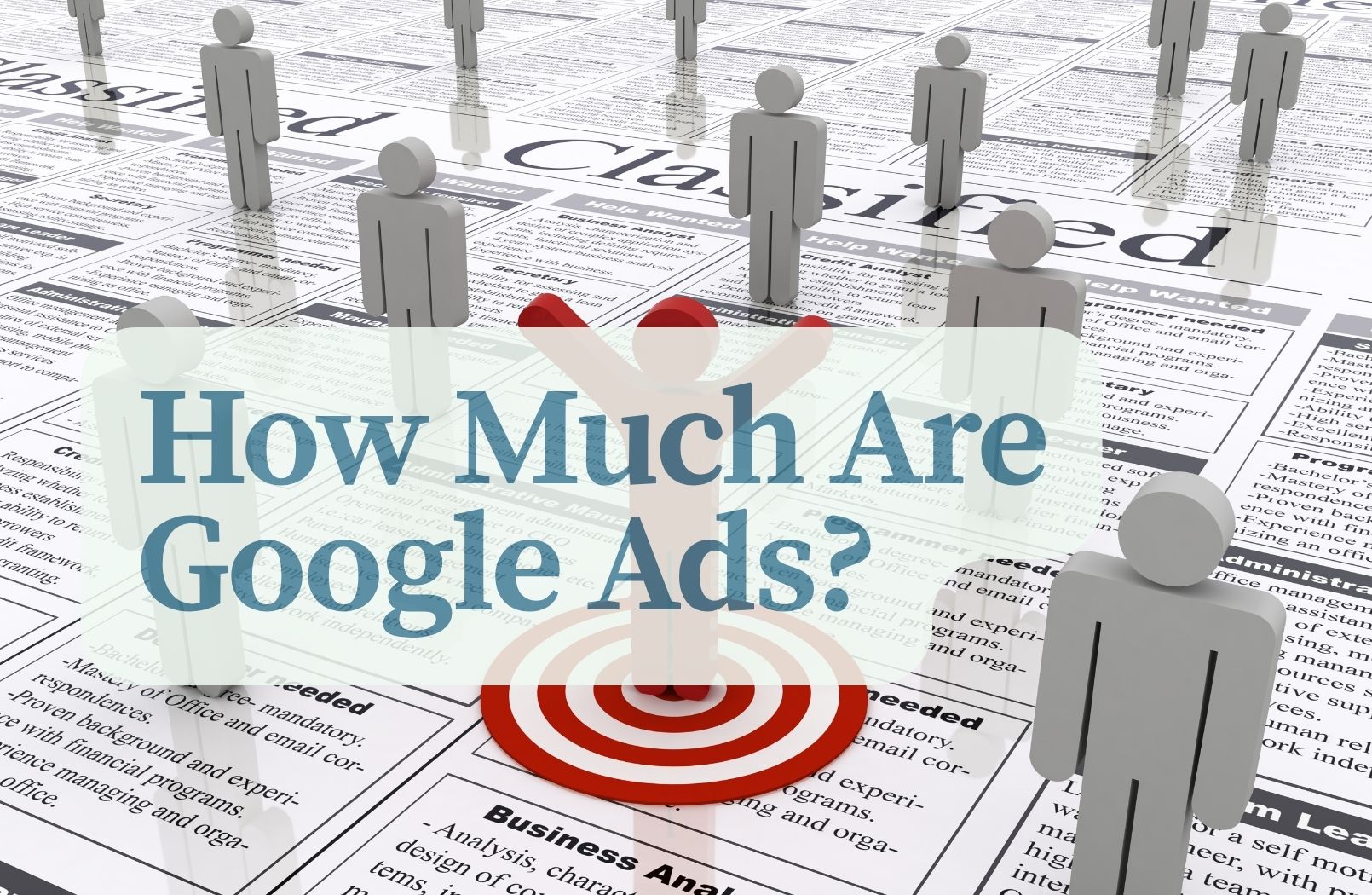Google Ads remains one of the most powerful online advertising platforms in 2025, offering businesses of all sizes the ability to reach targeted audiences and drive measurable results. But before launching a campaign, it’s essential to understand how much Google Ads actually costs — and why that cost can vary dramatically.
The pricing structure is not fixed; instead, Google Ads operates on an auction system where advertisers bid for placements. This means that costs depend on various factors such as industry competition, keyword demand, and ad quality. For small businesses, knowing what to expect helps avoid wasted budget and ensures campaigns deliver real value.
In this guide, we’ll explain how Google Ads pricing works, average costs by industry, budgeting strategies tailored for small businesses, and the key factors that influence what you’ll pay.
Understanding Google Ads Pricing Models
Google Ads uses different pricing models to charge advertisers, and understanding these is critical to planning your campaigns effectively. The most common models are:
Cost-Per-Click (CPC)
CPC is the most widely used pricing model. You pay only when someone clicks on your ad, not just when it’s displayed. The average CPC varies widely, depending on keyword competitiveness, industry, and targeting factors.
Cost-Per-Thousand Impressions (CPM)
In CPM campaigns, you pay for every 1,000 impressions (ad views), regardless of clicks. This model is useful for brand awareness campaigns where visibility matters more than direct clicks.
Cost-Per-Acquisition (CPA)
CPA focuses on conversions. You pay when a user completes a specific action such as a purchase or sign-up. CPA bidding is ideal when the goal is measurable results, and it typically requires conversion tracking set up properly in your account.
Smart Bidding
Smart Bidding is Google’s automated bidding strategy that uses machine learning to optimize for conversions or conversion value. It adjusts your bids in real time based on factors like device, location, time of day, and user behavior, aiming to maximize results within your budget.
Each model can suit different goals, and knowing which one aligns with your objectives helps control costs and improve performance.
Average Google Ads Costs by Industry in 2025
Google Ads costs can vary dramatically across industries due to competition levels and keyword demand. As of 2025, here are average cost ranges advertisers should expect:
- Legal Services: Average CPCs range from $6 to $15+ for keywords like “personal injury lawyer.”
- Finance and Insurance: CPCs typically between $4 and $10.
- Healthcare: CPCs around $2 to $6, depending on specialization and location.
- Retail and E-commerce: Generally $1 to $3 CPC, though spikes occur during peak seasons.
- Home Services: CPCs between $3 and $7 for industries like plumbing and HVAC.
- Technology and Software: CPCs typically range from $2 to $6.
Some sectors, such as lifestyle or entertainment, may experience CPCs as low as $0.50 to $1.50 but competition for high-value keywords can still drive costs up.
Understanding these benchmarks helps businesses set realistic expectations and tailor budgets based on their industry.
Budgeting Tips for Small Businesses
Effective budgeting is crucial for small businesses running Google Ads campaigns. Here’s how to approach it wisely:
Set Realistic Budgets:
Determine what you can afford to spend monthly without straining your marketing budget. Even modest budgets can be effective if targeted carefully.
Daily vs. Monthly Budgeting:
Google Ads allows you to set a daily budget, providing granular control and preventing overspending. Calculate daily limits by dividing your total monthly budget by the number of days you want ads running.
Targeting and Keyword Research:
Precise targeting saves money. Focus on relevant, high-intent keywords and use negative keywords to filter irrelevant clicks.
Start Small and Optimize:
Test campaigns at lower budgets, monitor performance closely, and increase spending on strategies that prove effective.
Disciplined budgeting paired with ongoing optimization ensures small businesses get the most out of every dollar.
Key Factors Affecting Google Ads Costs
Several variables determine how much you’ll pay for Google Ads beyond just your bids. Key factors include:
Competition and Demand:
More advertisers competing for a keyword leads to higher CPC. Legal, finance, and healthcare industries often face high competition and elevated costs.
Quality Score:
Google’s Quality Score (1–10) affects both CPC and ad position. A high Quality Score lowers CPC, while a low score increases costs.
Ad Relevance and Landing Page Experience:
Relevance is critical. Ads must match user intent, and your landing page should provide a seamless experience to improve Quality Score and reduce costs.
Location and Audience Targeting:
Costs can vary based on geographic targeting. Ads shown in highly competitive areas like large cities often incur higher CPC. Audience refinements (demographics, interests) can also affect CPC.
Optimizing these factors helps reduce average CPCs and extract more value from your budget.
Conclusion
Google Ads offers businesses flexible, scalable advertising opportunities, but costs vary based on industry, competition, targeting, and ad quality. Understanding CPC, CPM, CPA, and Smart Bidding models allows advertisers to choose the best approach for their goals.
In 2025, industries like legal, finance, and healthcare remain expensive while retail and lifestyle sectors are generally more affordable. Small businesses can control costs by setting realistic budgets, focusing on precise targeting, and optimizing campaigns based on data.
Knowing what drives Google Ads costs empowers businesses to plan campaigns smarter, reduce waste, and achieve better returns.
